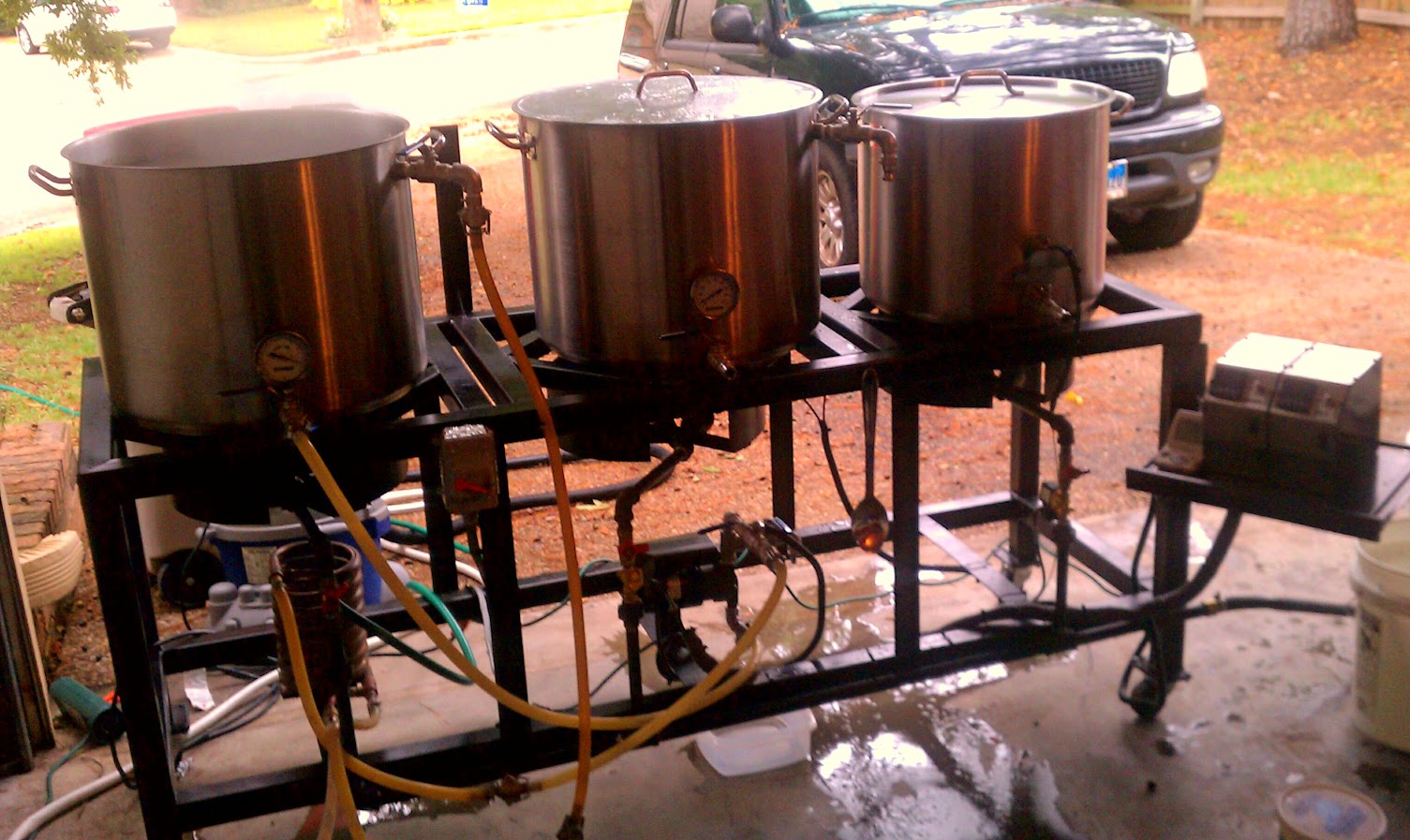Hey all,
For those who are using the TOP, I have a question for you. I am having a lot of problems getting the burner to light automatically at a very low gas rate. Blichmann recommends setting your flame to achieve 1.5 degrees F per minute, but when have my TopTier burner set for that rate, when the electrode fires up, the burner does not light and it times out, shutting the gas off.
Now for the strange part. When I remove the kettle from the burner and test it at that gas rate, it ignites just fine. Each and every time. But when the kettle is on the burner, it does not light. Every single time. If I hold the kettle about an inch above the burner, it fires up. Seems that the bottom of the kettle is impeding the lighting process in some way. If I give even the slightest blow from my mouth towards the burner, it will catch when the kettle is on.
Sure I can just set the gas rate higher and it will work fine, but that will give me a heating rate faster than I would like. It should also be noted that I am not doing anything except for what Blichmann recommends. It should also be noted that I am using all Blichmann equipment, which the owner's manual states I meet all of the requirements for using the system as recommended.
As for what I have tried, I have tried the electrode in different locations and even ran tests on my other two TopTier burners, and all of them behave the same way. I also removed the gas nozzle and made sure there was no blockage. The burner behaves normally in all other respects.
I have questions into both Northern Brewer, where I bought it, as well as Blichmann, but wanted to see if anyone else has run into this issue?
For those who are using the TOP, I have a question for you. I am having a lot of problems getting the burner to light automatically at a very low gas rate. Blichmann recommends setting your flame to achieve 1.5 degrees F per minute, but when have my TopTier burner set for that rate, when the electrode fires up, the burner does not light and it times out, shutting the gas off.
Now for the strange part. When I remove the kettle from the burner and test it at that gas rate, it ignites just fine. Each and every time. But when the kettle is on the burner, it does not light. Every single time. If I hold the kettle about an inch above the burner, it fires up. Seems that the bottom of the kettle is impeding the lighting process in some way. If I give even the slightest blow from my mouth towards the burner, it will catch when the kettle is on.
Sure I can just set the gas rate higher and it will work fine, but that will give me a heating rate faster than I would like. It should also be noted that I am not doing anything except for what Blichmann recommends. It should also be noted that I am using all Blichmann equipment, which the owner's manual states I meet all of the requirements for using the system as recommended.
As for what I have tried, I have tried the electrode in different locations and even ran tests on my other two TopTier burners, and all of them behave the same way. I also removed the gas nozzle and made sure there was no blockage. The burner behaves normally in all other respects.
I have questions into both Northern Brewer, where I bought it, as well as Blichmann, but wanted to see if anyone else has run into this issue?




